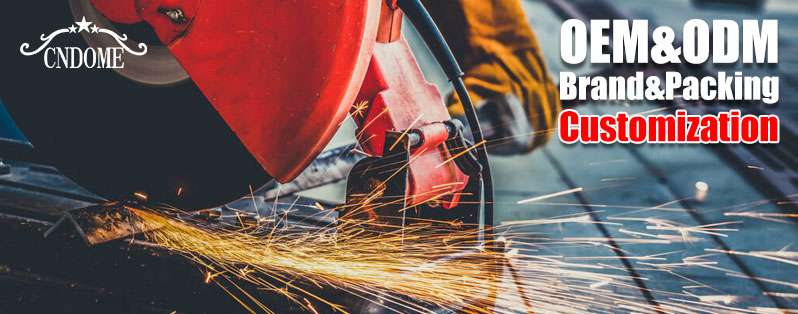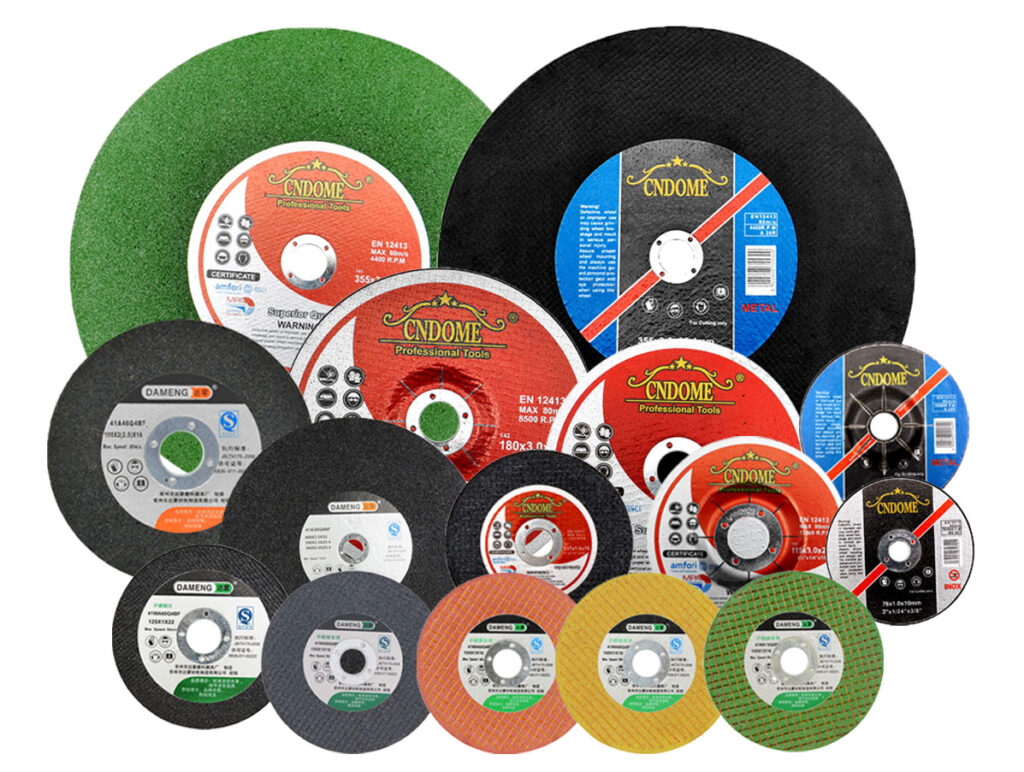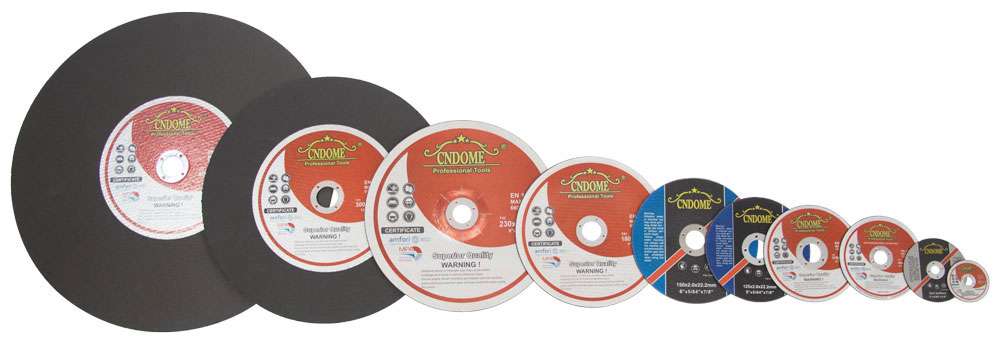Cut-off discs are essential tools in metalworking, construction, and fabrication. Whether you’re cutting metal, stone, or other tough materials, selecting the right cut-off disc can significantly impact efficiency and safety. In this guide, we’ll explore everything you need to know about cut-off discs, including their types, materials, and best applications.
What is a Cut-Off Disc?
A cut-off disc, also known as a cutting wheel, is a thin, circular abrasive tool used for cutting through materials such as metal, stainless steel, aluminum, and concrete. These discs are mounted on power tools like angle grinders, chop saws, and stationary machines to make precise and quick cuts.
Types of Cut-Off Discs
1. Metal Cutting Discs
- Designed for cutting steel, iron, and other ferrous metals.
- Made from aluminum oxide for durability.
- Available in thin and thick variants based on the required precision.
2. Stainless Steel Cut-Off Discs
- Constructed with special abrasives to reduce heat buildup and prevent material discoloration.
- Free from iron, sulfur, and chlorine to avoid contamination.
3. Aluminum and Non-Ferrous Cutting Discs
- Specifically formulated to prevent clogging when cutting softer metals like aluminum and brass.
- Often contain additives to keep the disc cool during use.
4. Concrete and Stone Cutting Discs
- Manufactured using silicon carbide abrasives for enhanced performance on masonry, tiles, and stone.
- Some variations are diamond-coated for longer lifespan.
5. Thin Cut-Off Wheels vs. Thick Cut-Off Wheels
- Thin Wheels (1.0mm – 1.6mm): Ideal for precise, clean cuts with minimal material loss.
- Thicker Wheels (2.5mm – 3.2mm): More durable and better suited for heavy-duty applications.
Key Factors When Choosing a Cut-Off Disc
- Material Compatibility – Ensure the disc matches the material you’re cutting.
- Disc Size – The right diameter (4.5″, 7″, 9″, etc.) depends on your tool and cutting depth needs.
- Speed Rating – Check the maximum RPM to match your grinder’s speed.
- Bond Type – Harder bonds last longer but may cut slower, while softer bonds cut faster but wear out quicker.
Safety Tips When Using Cut-Off Discs
- Always wear safety goggles, gloves, and ear protection.
- Secure the workpiece before cutting.
- Use the correct disc for the application.
- Avoid excessive pressure to prevent breakage.
- Store discs in a dry place to maintain their integrity.
Conclusion
Cut-off discs are indispensable in cutting operations, and selecting the right one ensures efficiency and safety. Whether you’re a professional fabricator or a DIY enthusiast, understanding cut-off disc types, applications, and best practices will help you achieve optimal cutting results.
Would you like specific recommendations for cut-off discs based on your needs? Let me know!



